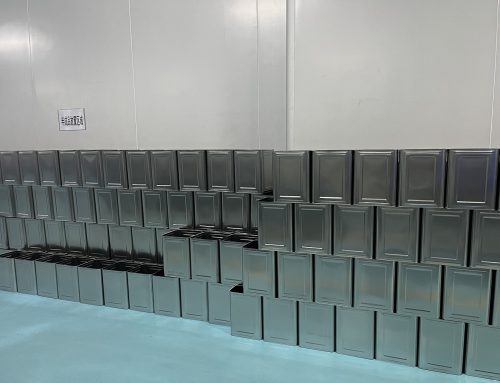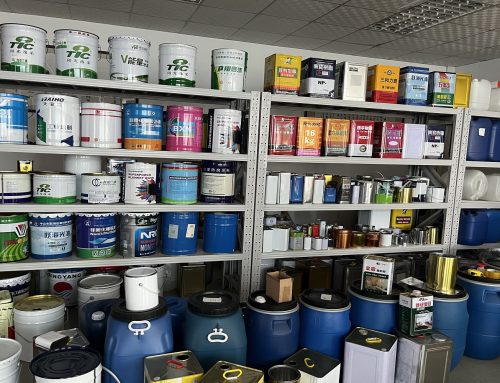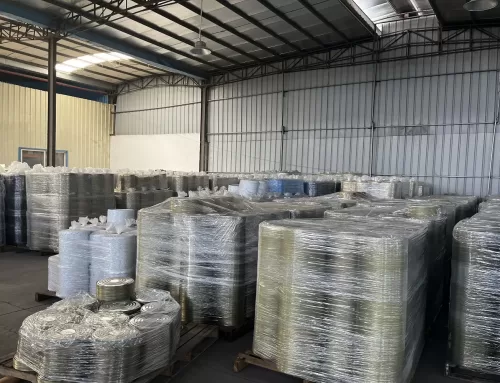Lack of high-end gift jars
Domestic two-piece cans and three-piece cans have excess production of food cans, beverage cans, bottom cover rings and chemical cans, while there are very few exquisitely made high-end gift cans. Few companies focus on producing special-shaped cans and gift cans that are suitable for the cans placed on supermarket shelves. The product cans are single in shape and lack new design concepts to attract consumers’ attention and desire to buy in a highly competitive environment.
Industry is over-diversified
The domestic metal packaging industry is mainly composed of small and medium-sized enterprises and private enterprises. Most of these enterprises are small in scale and scattered in a wide area, making it difficult to concentrate production; lack of innovation, and most imitate the products of large enterprises; fierce competition, and profit by reducing costs. There are hundreds of large enterprises in my country that use more than one million tons of tinplate every year.
heavily dependent on imports
Most of the can-making equipment of most can-making enterprises in my country are purchased from abroad. The canning equipment designed in developed countries is gradually developing in the direction of digitization, automation, high speed and low consumption. The initial investment in purchasing foreign canning equipment is large but high production capacity and low risk, and the funds can be recovered in a short time. However, this is not conducive to the development of domestic can-making equipment in China. There are already some advanced can-making equipment enterprises in China that are catching up with the international level in continuous research and development. The can-making equipment produced by these enterprises has reached the international level, and the price is higher than that of imported machinery. Cheap.
According to effective data, the domestic demand for two-piece aluminum beverage cans has reached 7 billion per year, and the demand for chemical barrels such as paint cans has reached 60 million per year. The raw materials for making cans are mainly tinplate and aluminum, which are high-quality raw materials. In 2004, my country consumed a total of 1.5 million tons of canning raw materials, a large part of which came from imports. In addition, some foreign companies used China’s cheap labor to process these raw materials, reducing production costs. The domestic can industry has a huge demand for tinplate and aluminum energy raw materials, so that the prices of these raw materials were once in short supply, wasting resources and polluting the environment.
The domestic metal packaging industry is still in the initial stage of development. Due to the excessive dispersion of these can-making enterprises, it is difficult to centralize management, and the lack of management between industries has resulted in a huge waste of resources. The world’s average consumption level is only half of the domestic consumption level, not to mention Mention 1/4 of the US and 1/10 of Japan. Tinplate and aluminum consume far more electricity than other materials. However, in response to such consumption, the state has not been able to issue relevant policies and effective management mechanisms to manage and regulate, so that many cans cannot be effectively recycled after use, causing environmental pollution and destroying the ecological environment.




